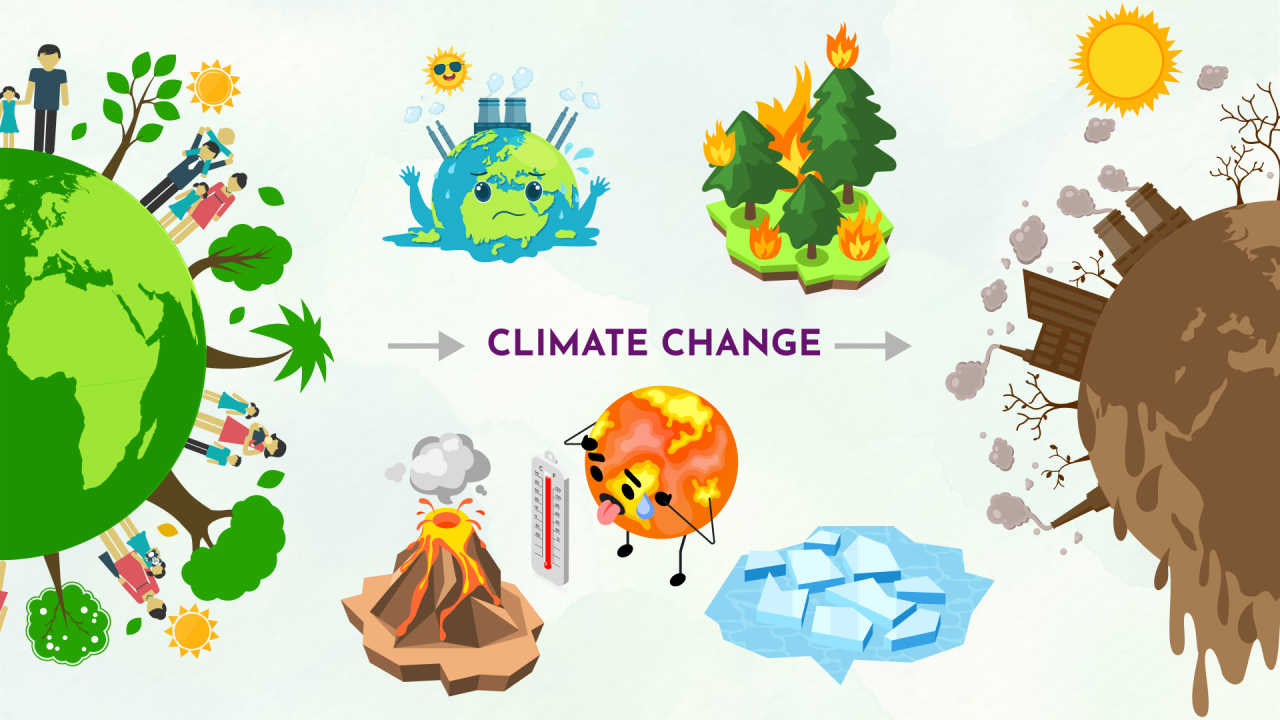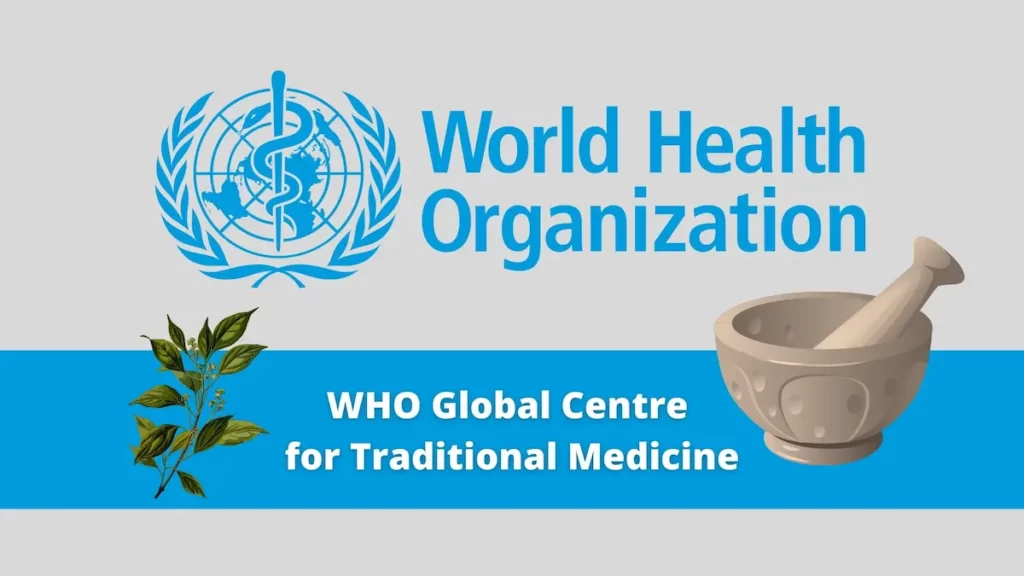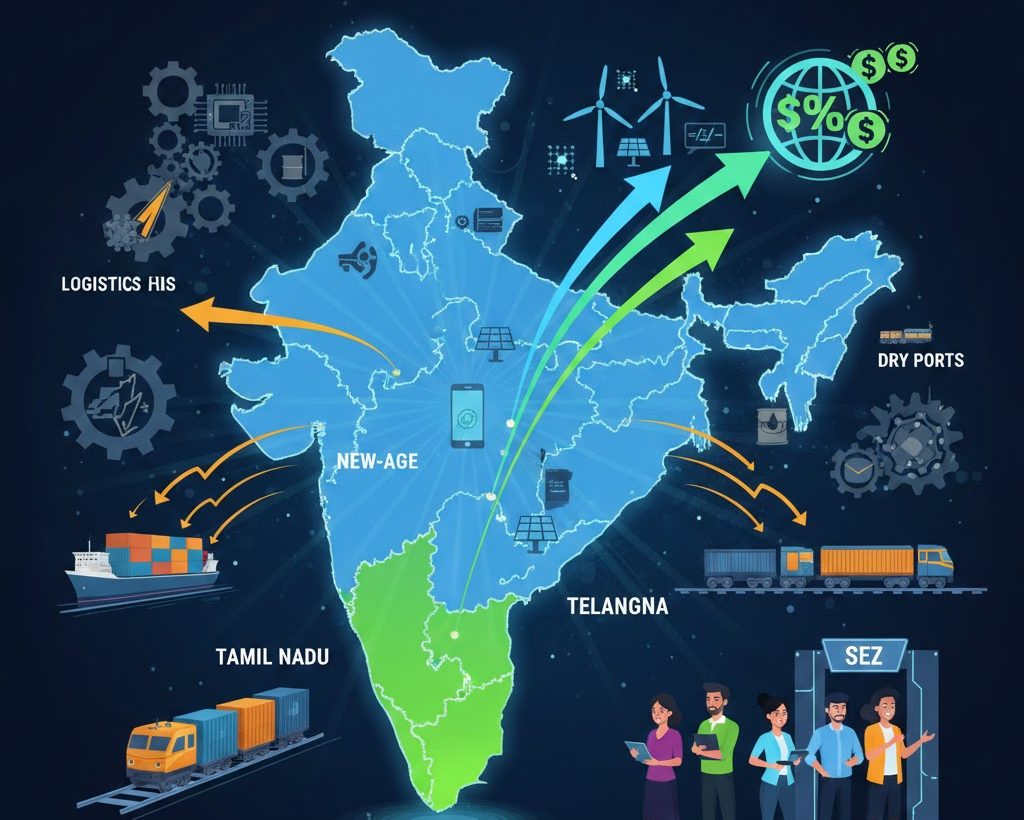Flood Vulnerabilities in India: A Gendered Perspective
Context:
India is one of the most flood-affected countries globally, with annual flooding affecting millions of people, particularly in flood-prone areas. With approximately 40 million hectares of land vulnerable to floods, these disasters severely disrupt daily life, causing widespread damage to infrastructure, especially water, sanitation, and hygiene (WASH) systems. The destruction of WASH facilities exacerbates public health risks and leaves vulnerable populations, particularly women and girls, facing additional hardships.
Gendered Impact of Flood Vulnerability:
- Women’s Challenges with Water Access
- During floods, women, who are typically responsible for collecting water in many communities, struggle to find clean and safe water.
- Flooding often contaminates water sources, forcing women and girls to rely on unsafe water, increasing the risk of waterborne diseases.
- Inadequate Sanitation Facilities
- Floods disrupt sanitation infrastructure, leaving women and girls without access to safe toilet facilities. Many toilets are either submerged or damaged, pushing women and girls to defecate in the open, which exposes them to risks of violence and harassment.
- Menstrual Hygiene Challenges
- Access to menstrual hygiene products becomes limited during floods, adding to the health risks faced by women and girls.
- The lack of privacy and proper sanitation facilities in emergency shelters makes it even more challenging for women to manage menstrual hygiene.
- Maternal Health Risks
About WASH:
Water, Sanitation, and Hygiene (WASH) are fundamental to maintaining public health, especially in disaster-prone areas. Safe access to water, adequate sanitation, and proper hygiene practices are vital for preventing disease and ensuring health during emergencies. In flood-prone areas, the resilience of WASH systems is key to safeguarding the health and dignity of women and other vulnerable populations.
- Floods disrupt healthcare services, particularly maternal health services. Pregnant women often struggle to access prenatal and postnatal care, and healthcare facilities lack proper WASH amenities, further endangering their health.
Why Is There a Gendered Impact of Flood Vulnerabilities?:
- Socio-Cultural Roles and Responsibilities
- In many parts of India, women are responsible for water collection and sanitation. These traditional roles leave them disproportionately affected when these systems are disrupted by floods.
- Gender Blind Policies and Disaster Management
- A key reason for the gendered impact of floods is the lack of gender-sensitive policies in disaster management and WASH planning.
- Many state climate action plans and disaster management strategies overlook the specific needs of women and girls, resulting in interventions that fail to address the unique challenges they face during floods.
- Lack of Gender-Specific Provisions: Nearly 43% of state climate action plans in India fail to include specific provisions for addressing women’s needs related to water, sanitation, and hygiene during floods. This gap in policy planning leads to insufficient responses to the challenges faced by women and girls during these crises.
Key Challenges to Address WASH Requirements of Women During Floods
- Inadequate Infrastructure: Many flood-prone areas lack resilient infrastructure that can withstand the impacts of floods. This includes flood-resistant toilets, water storage systems, and other critical WASH infrastructure that can ensure access to safe water and sanitation during floods.
- Gender Insensitivity in Policies: Current disaster management and WASH policies often fail to account for the specific needs of women and girls. This oversight results in inadequate and gender-insensitive responses to flood disasters, making it harder for women to access safe water, sanitation, and healthcare services.
- Cultural and Social Barriers: In some communities, traditional cultural norms prevent women from voicing their specific needs during floods. These norms can hinder the provision of safe sanitation, water, and healthcare services, exacerbating the challenges faced by women and girls during disasters.
Way Forward to Address WASH Challenges for Women:
- Gender-Segregated Sanitation Facilities:
- To ensure women’s safety and privacy, flood-resilient sanitation facilities must be prioritised.
- Short-term solutions like portable toilets and long-term infrastructure such as flood-resistant toilet blocks should be implemented. Solar-powered lighting around sanitation facilities will enhance safety.
- Ensuring Access to Clean Water:
- To provide continuous access to clean water, portable water purification kits should be distributed, especially in women-led households and to pregnant or lactating mothers.
- Long-term solutions include decentralised water kiosks managed by women’s self-help groups and raised hand pumps to prevent contamination.
- Menstrual Hygiene Management (MHM):
- Emergency relief kits must include menstrual hygiene products. Shelters should have designated MHM corners with washing stations, privacy curtains, and disposal facilities.
- Mobile health units can deliver supplies and promote safe menstrual hygiene practices.
- Strengthening Maternal Health Services:
- Flood-prone areas need more mobile health clinics with basic WASH facilities. Long-term solutions should focus on flood-resilient healthcare infrastructure and strengthening telemedicine services.
- Training more Accredited Social Health Activist (ASHA) workers will support maternal care during floods.
- Promoting Women’s Participation in WASH and Disaster Management:
- Women should be included in decision-making regarding WASH and disaster management. Training women in basic sanitation, creating Women’s WASH Committees, and ensuring at least 33% female representation in disaster management committees will help address their needs.
Key Actions Moving Forward:
- Gender-Sensitive Disaster Planning: Policies should account for the specific needs of women and girls in disaster management and recovery efforts.
- Inclusive Participation: Women’s active involvement in disaster planning and WASH infrastructure is essential.
Training and Awareness: Enhancing awareness on menstrual hygiene, maternal health, and gender-sensitive disaster responses will improve preparedness and resilience.



